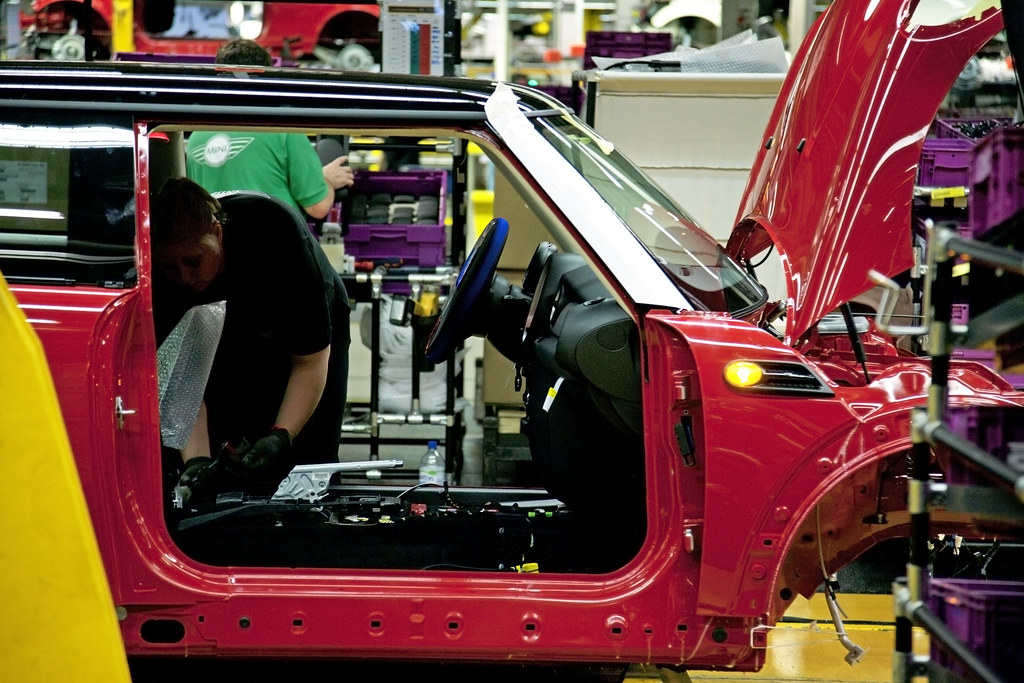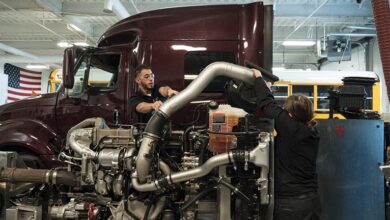How to Deal With Workers’ Health Hazards in Auto Industries


There is no doubt every career has its risks. This also applies to workers in auto industries who always face numerous hazards daily. This is because these industries deal with a lot of chemicals. Since employees interact with these chemicals, physical hazards are common risks to their health. One of the most common health risks the workers encounter is asbestos exposure. Asbestos which is a highly heat-resistant fibrous silicate mineral, is used in auto parts mainly due to its resistance to heat and corrosion. This unique property also makes it the best product for making insulating materials.
The following are some occupations prone to asbestos exposure:
- Auto assembly line worker.
- Auto body worker.
- Auto mechanic.
- Gas station worker.
- Railroad workers.
- Veterans of armed forces.
- The diesel service tech.
- Heavy machinery operator.
This group of workers every day handles products that contain asbestos, thus increasing their exposure rate. This prolonged exposure usually leads to future health conditions like asbestos mesothelioma disorder, and you can read more about it on this website.
Some products containing asbestos:
- Brakes and clutches — asbestos in these auto devices help to control the heat produced by friction. For instance, a study published in the American Journal of Industrial Medicine found 90,000 short and long chrysotile asbestos fibers in each nanogram of brake dust. This means one gram of brake dust translates into 90 trillion short asbestos fibers and 300 billion long asbestos fibers.
- Electrical insulation — asbestos is used in electrical insulation to prevent overheating of wires.
- Air conditioning devices.
- Undercoating — the undercoating paint has asbestos fibers as filler and strengthener.
- Soundproofing — soundproof material is used inside body panels to reduce noise inside vehicles.
- Decal stripes — some decorative decal stripes contain asbestos material.
Diseases associated with asbestos and chemical exposure
As already stated, exposure to asbestos and other hazardous chemicals daily by workers in auto industries puts them at risk of developing several health conditions. Such conditions include:
- Mesothelioma — is incurable cancer that develops in the lining of the lungs, abdomen, and other internal body tissues.
- Asbestosis — is inflammation and scarring of the lung tissue, preventing the lungs from expanding and relaxing normally.
- Pleural effusion — this is the accumulation of fluid around the lungs, causing difficulty in breathing.
- Continued exposure to noise and vibrations without wearing safety gear can lead to deafening of ears.
Measures auto industries are putting into preventing the hazards
Auto industries should come up with proper protective measures to ensure their employees work in harmless, suitable work environments. They should provide necessary protective equipment to prevent workers from getting exposed to hazardous materials that have serious effects on their health.
It is crucial to note that many auto industries are on the verge of achieving this in the interest of the health of their workforce. These industries have developed proper protective measures to control such kinds of hazards from happening both now and in the future.
Here are some of the measures
- Employees are well-trained in lifting activities and manual handling.
- Use of personal protective gear to protect workers from asbestos exposure and other harmful chemicals or products. These gears comprise masks, gumboots, gloves, among others.
- Rotation of employees through a variety of tasks. This move ensures that workers do not perform repetitive tasks for a longer period which might, for instance, put them at risk of hazardous exposures.
- Ensuring that splash guards are in place and written assessments are conducted to identify hazardous substances to control the risks.
- Use of mechanical load shifting devices such as cranes and forklifts to avoid direct human contact in lifting and carrying.
It is said prevention is better than cure. For auto industries to overcome any hazards to their workers’ health, safety measures should be taught from day one. Employees should be aware of risks associated with their work even before they get involved in the actual manufacturing process.


